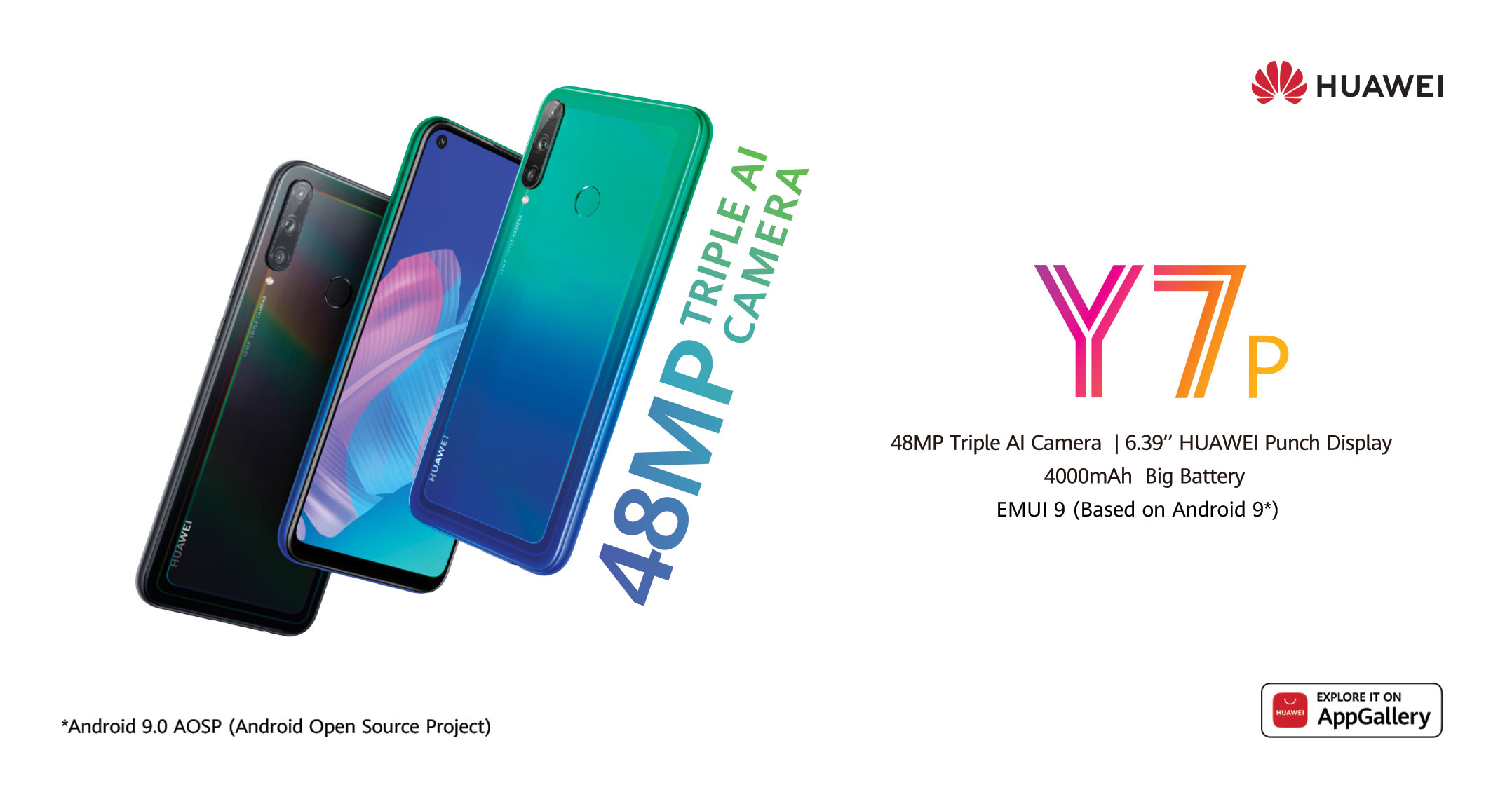 Smartphones in developing nations play a crucial role in economic development – but it’s preserving memories, and getting arty, that sways most consumers.
Smartphones in developing nations play a crucial role in economic development – but it’s preserving memories, and getting arty, that sways most consumers.
The evolution of the mobile phone has seen innovations hardly imaginable two decades ago come to be expected as standard today. This trend is measurable across all industry verticals. Airbags and anti-lock braking are no longer differentiators, for example. They are off-the-shelf safety mechanisms in even entry-level vehicles.
Our baseline has shifted. Without extended battery life, minimum 4G connectivity, dual Sim, integrated camera, touchscreens and GPS, smartphones are hardly worth considering.
20 years
It’s been 20 years since a camera was first integrated into a mobile phone. Sharp’s J-SH04 hit the Japanese market in 2000 with a whopping 0.11-megapixel camera. The BBC reported that the “phone features a 110 000-pixel camera on the back side of the phone and a large, 256-colour STN display on the front side”.
It was a novelty – a gimmick even. Certainly not something the journalist envisaged lasting, let alone defining the smartphone market.
Skip ahead five years, and Nokia’s then dominance of the market saw the company partner with Carl Zeiss – a marketing coup that started pivoting user attitudes from the “photo booth snap” to, dare we say, “photography”, as resolution was boosted to a solid two megapixels.

Then 2010 happened. Samsung had already whetted appetites a year earlier with the introduction of its 2009 M8910 Pixon12 sporting 12 megapixels, when Sony Ericsson launched the S006 – and suddenly, purchasing decisions shifted. Reviews make it quite clear that the focus had pivoted from processing power to megapixels.
And the innovation, in the last decade, has snowballed.
Beyond the megapixel, sensors and software technology have meant that professional photographers enthusiastically chuck in their gear for their smartphones.
Today, consumers can expect camera quality never before dreamed of – take, for example, Huawei’s R&D investment in its mid-market Y7p device. Standard is a rear camera sporting 48 megapixels (f/1.8 aperture) + 8MP (ultra-wide-angle ;ens, f/2.4 aperture) + 2MP (f2.4 aperture). It’s extraordinary to realise that this level of innovation is now available at a price point that would have been hard to fathom 15 years ago.
Let’s get real
The fact remains, however, that smartphones exist to connect us. And those base-line expectations mentioned earlier – connectivity, battery life, ease of use, reliability – have more than adequately kept pace with innovations in smartphone photography technology.
Affordable smartphones in developing nations have delivered improved education, increased awareness of health issues including pregnancy, maternity and HIV, provided farmers with access to markets, and according to the London Business School, “a rise of 10 mobile phones per 100 people boosts the rate of growth of GDP by 0.6 percentage points a year”.
Beyond the fun or the art that today’s smartphones deliver, getting them into the hands of citizens solves some very real issues. This has demanded that manufacturers create quality handsets at a price point that makes them affordable to mid-market consumers. Today, more and more features are included in devices that no longer exhibit prohibitive pricing – and in South Africa, where primary connectivity is through the mobile device, making powerful smartphones accessible to the broader population will bring about powerful benefits.
This article was sponsored by the Huawei Y7p, a smartphone that targets the mid-market consumer with technology that impresses the most demanding users.
- This promoted content was paid for by the party concerned

